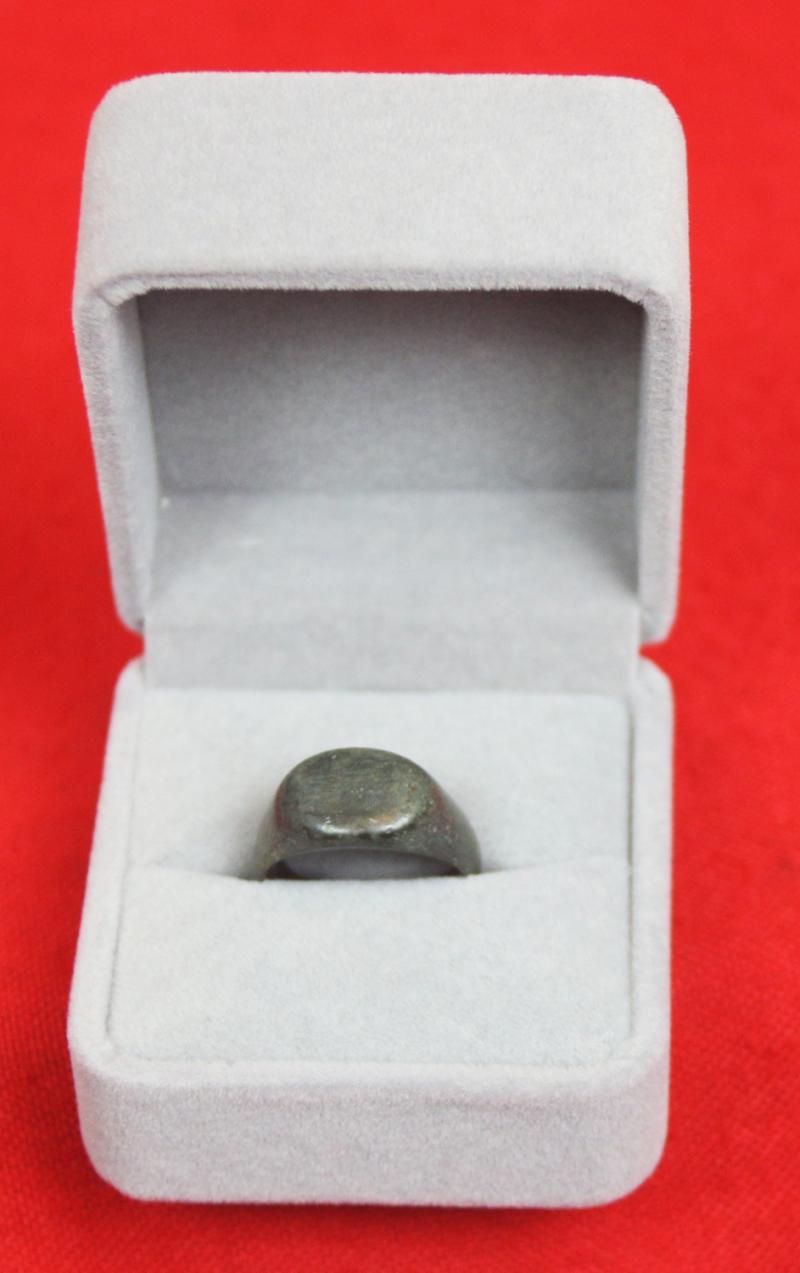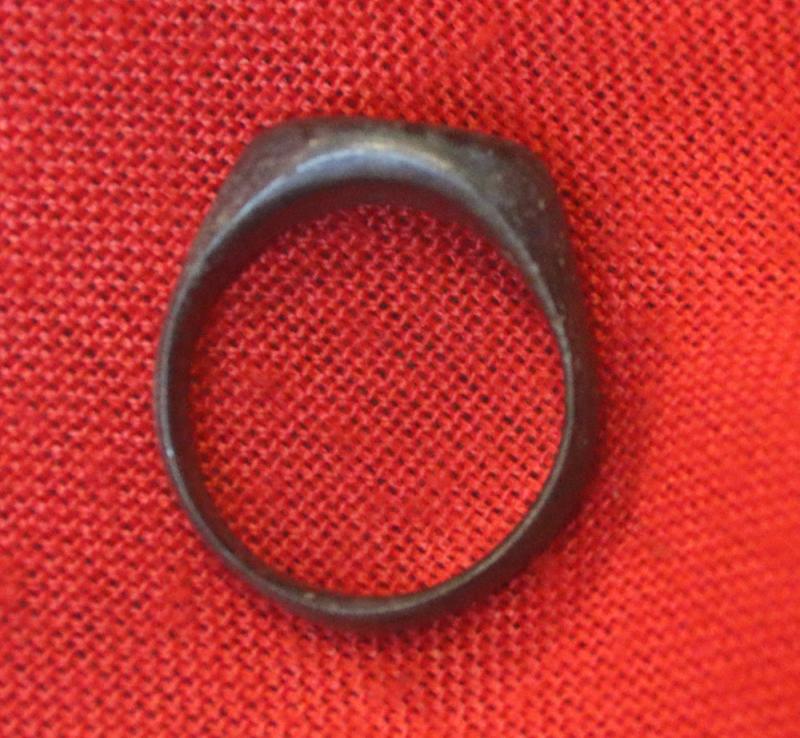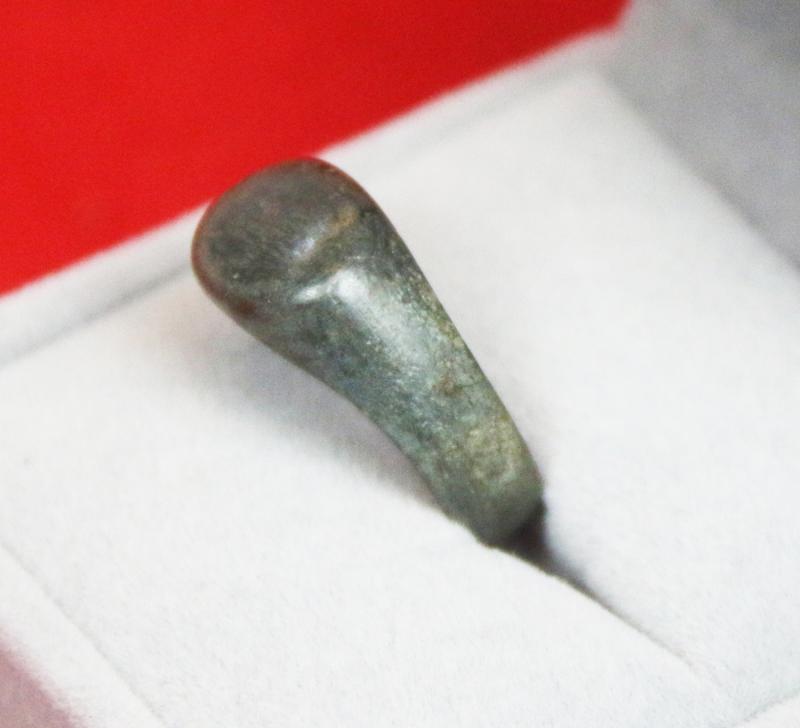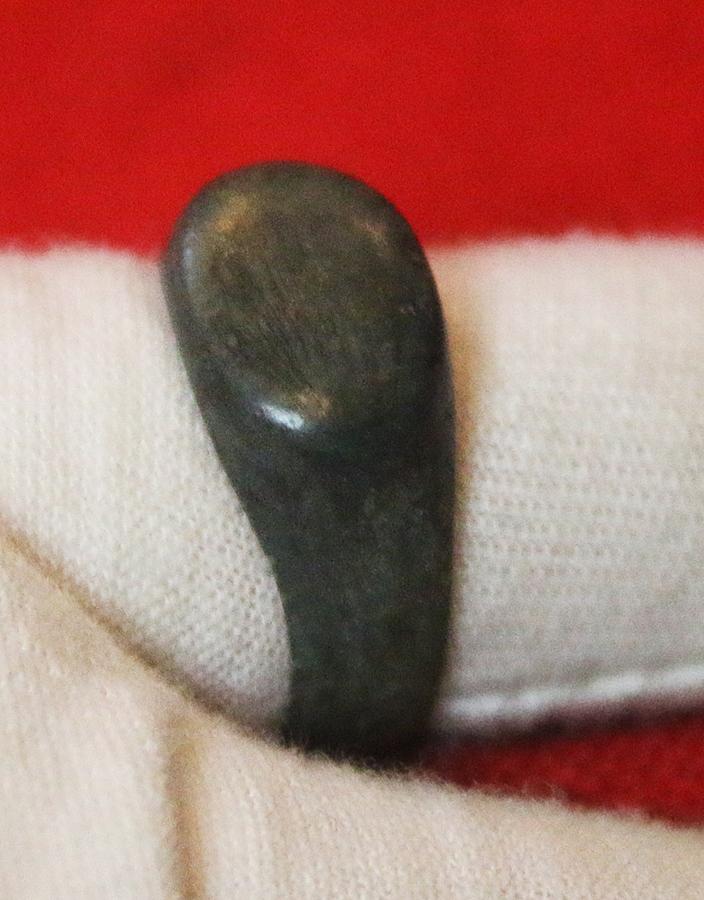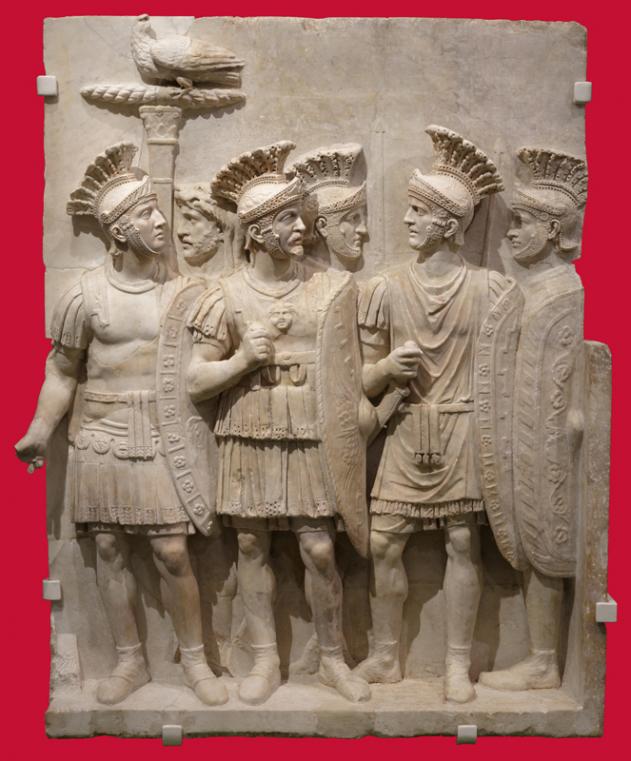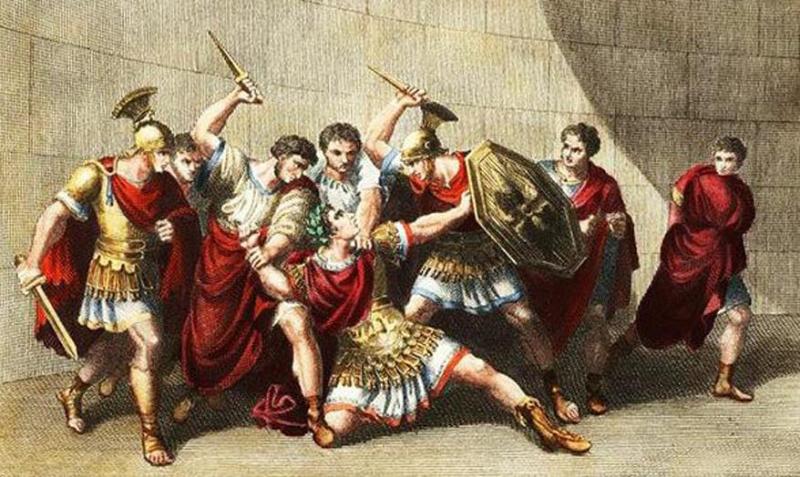An Original & Superb Imperial Roman Bronze Ring, The Type Worn by the Praetorian Guard, Personal Guard of the Emperor 1st Century AD From the Time of Julio-Claudian Emperors, Augustus, Tiberious, Caligula, Claudius & Nero
Founded by Emperor Augustus the Praetorian Guard were the personal guard of the Emperor, that answered to no one but him. However, the Praetorians notoriously assassinated 13 of their Roman Emperors that it was sworn to protect, and on one occasion they even auctioned off the emperors throne to the highest bidder. So, as the expressions goes, nobody's perfect.
1st century AD. An Imperial Roman heavy copper alloy bronze ring. The form of ring worn by the Praetorian Guard, being classified as Henig type 1, Classified by the seminal classification of ancient ring forms, by Dr. Martin Henig, and Geraud type 1b; From the Julio-Claudian dynasty (27 BC – AD 68).
The last example we had, around 3 years ago, but that was adorned with an engraving likely to denote higher rank of the wearer, this one is unadorned.
Most of our antiquities and artefacts are from 200 year past souvenir accumulations from British ‘Grand Tours’. Beautiful Items and antiquities were oft acquired in the 18th and early 19th century by British noblemen and women touring battle sites in Northern France and Italy, in fact most of Europe and the Middle East, on their so-called ‘Grand Tour’. They were often placed on display upon their return home, within the family’s ‘cabinet of curiosities’, within their country house. Some significant British stately homes had entire galleries displaying the treasures and artefacts gathered and purchased on such tours, and some tours lasted many years, and the accumulated souvenirs numbered in their hundreds or even thousands
The Praetorian Guard was a fixture of the imperial era, but their origins date back to groups of elite soldiers that protected generals during the Roman Republic. As early as the second century B.C., special units were selected to shadow famed Roman leaders such as Marc Antony, Scipio Africanus and Lucius Cornelius Sulla whenever they ventured into the field. Julius Caesar later enlisted his tenth legion as personal security, but the Praetorian Guard as we know it didn’t appear until shortly after Augustus became Rome’s first emperor in 27 B.C. After ascending to the throne, Augustus established his own imperial guards comprised of nine cohorts of 500 to 1,000 men each.
The unit would endure as a symbol of imperial might for over 300 years. By A.D. 23, it even operated out of its own fortress, the Castra Praetoria, located on the outskirts of Rome. The Praetorian Guard often handled crowd control at the Roman games, but they occasionally stepped into the arena and played an active role in the bloodshed. There is evidence that the Guard took part in gruesome wild beast hunts to demonstrate their combat prowess, and they played a notorious role in a “naumachia,” or staged sea battle, hosted by Emperor Claudius in A.D. 52. The spectacle saw as many as 19,000 men and some 100 boats clash in a mock naval engagement on the Fucine Lake. Most of the participants were prisoners and slaves, and the Praetorians, armed with catapults and ballistae, surrounded the battle on rafts to add to the mayhem and prevent any of the condemned from escaping.
The Praetorians’ may have been tasked with protecting the Roman Emperor, but they were also the single greatest threat to his life. The unit was a major player in the webs of deceit that characterized imperial Rome, and they were willing to slaughter and install new emperors when tempted by promises of money or power.
Disgruntled Praetorians famously engineered the assassination of Caligula and the selection of Claudius as his successor in A.D. 41. Among others, the Guard or their prefect also played a part in the murder of Commodus in 192, Caracalla in 217, Elagabalus in 222 and Pupienus and Balbinus in 238. In some cases, the Praetorians were partially responsible for both installing andmurdering a would-be emperor. Galba ascended the throne in A.D. 68 after winning the support of the Guard, only to be killed at their hands the following year after he neglected to properly reward them. Likewise, Emperor Pertinax was confirmed by the Praetorians in 193 and then slain just three months later when he tried to force them to accept new disciplinary measures.
In general the majority of rings recovered in provincial cities were made of bronze from local workshops. The most common alloy employed for the largest number of ornaments and with the greatest variety of shapes was brass, the alloy of copper and zinc. The high number of alloys with a different composition indicates that there was a significantly increased demand for jewellery similar in colour to precious metal, but cheaper and easy to produce..For examples see; Cf. Henkel, F., Die Römischen Fingerringe der Rheinlande und der Benachbarten Gebiete, Berlin, 1913, items 168, 202a,959 and 1785, for types.
Size R {UK}, a good comfortable wearable size, and sound heavy quality, and a remarkably smooth and exceptionally well preserved surface patina
Every single item from The Lanes Armoury is accompanied by our unique Certificate of Authenticity. Part of our continued dedication to maintain the standards forged by us over the past 100 years of our family’s trading
Code: 25082


